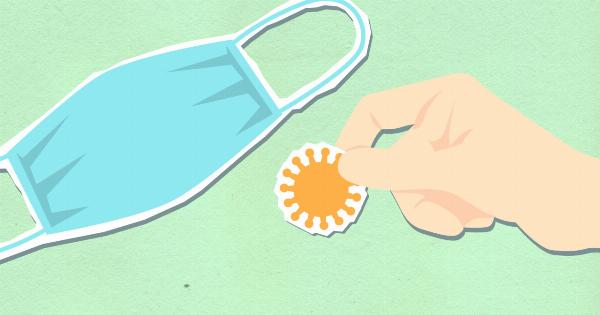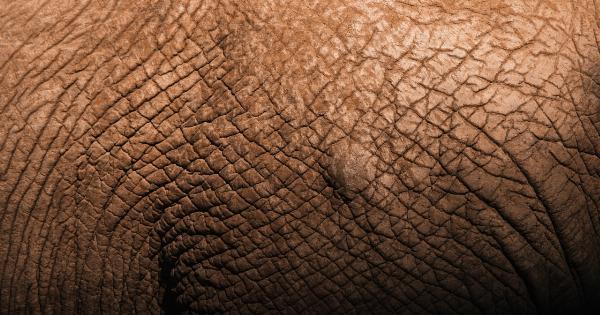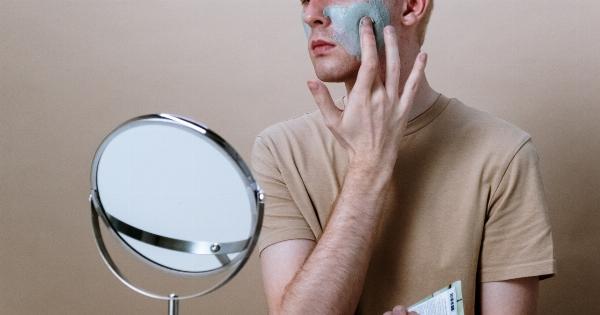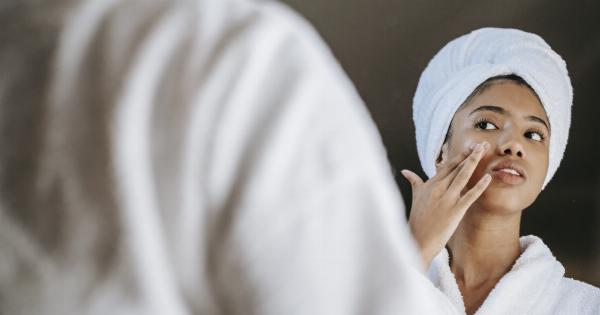Pregnancy can be an exciting and significant period for every woman. Along with several changes, pregnancy leads to a lot of questions and concerns. One such worry is whether it is safe to wax during pregnancy.
Pregnant women are unsure if they can continue their regular grooming routine or must switch to different methods. In this article, we will address various concerns related to waxing during pregnancy and try to answer the question- is waxing safe during pregnancy?.
What is Waxing?
Waxing is a hair-removal technique that includes applying wax on the skin and removing hair from the root. Waxing is a popular hair-removal technique for various body parts and is considered a pain-free alternative to other methods.
Waxing can be done at home or at a salon and is a continuous process that requires upkeep every few weeks. Waxing during pregnancy, however, requires significant attention and precaution as it involves additional concerns due to changes in the body.
Is Waxing During Pregnancy Safe?
Waxing during pregnancy is safe, but with a few precautions. The American Pregnancy Association does not object to the practice as long as you follow some basic guidelines.
While there are no specific risks associated with waxing during pregnancy, the process can cause some discomfort and pain due to the heightened sensitivity of the skin.
When to Avoid Waxing During Pregnancy?
Waxing during pregnancy is safe for most women, but some pregnant women may choose to avoid it entirely due to various concerns. Some situations where pregnant women should avoid waxing during pregnancy include:.
- High-risk pregnancy: Women who have a high-risk pregnancy, such as placenta previa, require avoiding waxing entirely.
- Sensitive skin: Pregnancy can cause skin to become sensitive, which can lead to redness, itching, and irritation.
- First trimester: Doctors advise that pregnant women avoid waxing during the first trimester as it is a crucial time for the baby’s development. However, this is not a hard and fast rule, and your doctor’s advice may vary.
Which Wax Type is Safe During Pregnancy?
Various wax types are available in the market, but not all of them are safe during pregnancy. Here are some wax types that are safe to use during pregnancy:.
- Sugar wax: Waxing with sugar wax is a safe bet during pregnancy as it includes natural ingredients. Sugar wax is gentle on the skin and involves less pain and inflammation, making it ideal for sensitive skin during pregnancy.
- Hard wax: Hard wax contains natural ingredients and rarely causes skin irritation. Hard wax is perfect for those looking for a pain-free waxing experience during pregnancy.
- Soft wax: Soft wax is also considered safe during pregnancy. It contains a blend of natural ingredients and resin and is used for slightly less sensitive areas such as arms and legs.
Precautions to Take While Waxing During Pregnancy
Pregnancy brings many changes to the body, including heightened skin sensitivity and increased blood flow. Here are some precautions and safe practices that pregnant women must undertake while waxing:.
- Consult your doctor: Consult your doctor before trying any hair-removal technique, including waxing, to ensure that it is a safe choice for you.
- Choose a reputable salon: Reputable salons possess proper sanitation procedures, which reduce risks of infections. Choose a salon that uses disposable waxing equipment instead of reusing them.
- Avoid hot waxes: Wax that is too hot may cause burns and irritation. Use wax that is at a comfortable temperature and avoid burning sensitive skin.
- Avoid applying wax near the vagina: Applying wax near the vagina could cause irritation, leading to infection or inflammation.
- Avoid body temperature changes: Try avoiding drastic changes in body temperature before and after waxing. Avoiding hot showers or saunas before and after waxing could prevent irritation and discomfort.
Conclusion
Waxing is a safe hair-removal technique during pregnancy, but with caution. Before waxing, pregnant women must consult their doctors and choose a reputable salon. Waxing is a preference based on individual comfort.
However, if pregnant women experience any pain or discomfort during waxing, they should stop the process immediately. As with all grooming procedures during pregnancy, taking proper precautionary actions is paramount to a healthy pregnancy.


























